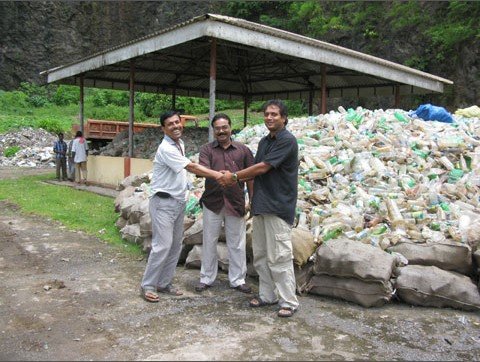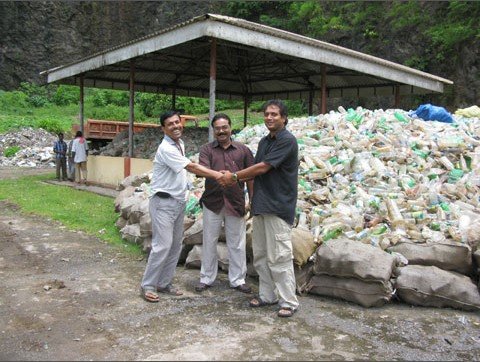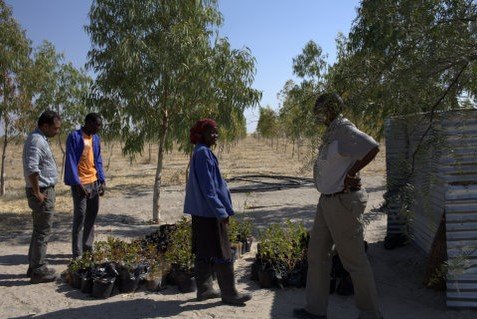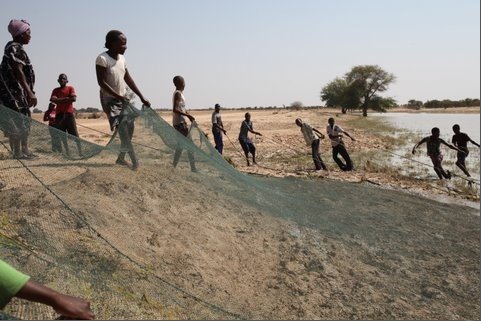Why CSR?
Because sustainability matters – for profits, for people, and for the planet.
Corporate social responsibility is all about companies giving something back to the communities and environment that sustains them.
Firms wishing to make that commitment can contribute in many ways. At home, they can pursue environmentally sound business practices. Abroad, they can help fulfill basic human needs by affording access to clean drinking water, sustainable food supplies, and education to people in developing nations.
Another option is to provide funding for environmental and wildlife projects that protect endangered species and coral reefs. Some of these combine conservation and development initiatives. We believe this combination is the key to combating climate change in ways that benefit the local people and that part of the planet they call home. And this is why we help corporations put CSR into practice and reduce their carbon footprint.

CSR Information
How we work
Business Relations
Why partner with GreenLife CSR?
Carbon Markets
CSR Information
How we work
GreenLife CSR is a trusted partner GreenLife CSR has a unique niche in the carbon offsetting market. Many companies which deal in carbon trading concentrate their efforts on providing consultation on the carbon markets and how to sell and buy carbon credits.
Our services have gone one step above the normal consultancy. In GreenLife we have our own NGO which has been active for over 20 years around the world working together with communities and different environments. When we sell the carbon credits we are selling a product which we have implemented and designed in accordance to the local communities needs.
Our projects are personally monitored by GreenLife.
Plantation in Africa
Business Relations
Why partner with GreenLife CSR? Because everyone wins when you do.
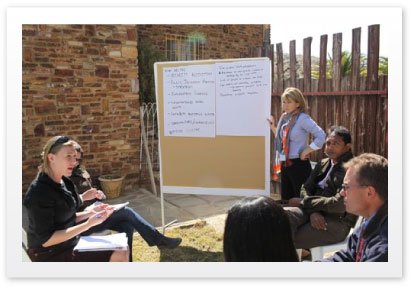
GreenLife CSR is a trusted partner to companies who want to reach out to communities in need and reduce their carbon footprint with solutions that strengthen their business.
As part of the GreenLife network, we have served communities around the world by connecting with companies seeking to support local developmental and environmental solutions.
We understand the carbon market and the needs of people in Africa, Asia and South America, gearing our projects to everyone’s best benefit.
Our reputation hinges on our ability to serve the interests of the local population, our clients, and the climate. And our track record of success says much about how we can help turn a companys CSR or carbon offsetting investment into a win-win solution for all.

THE CORAL REEFS PROJECT

MANGROVE PROJECT

THE SEA TURTLE PROJECT
Carbon Markets
What is a carbon offset? A good way to go greener.
To combat this rise in CO2, environmentalistsIn order to help people and habitats battling at the forefront against climate change, the carbon offset provides some of the best support a company can give.
Scientists and scientific institutions that have taken a stand agree that to avoid catastrophic climate change, carbon emissions must come down by as much as 80 percent over the next four decades. Carbon offsets go a long way towards reaching that goal. These are credits for reductions in greenhouse gas emissions made elsewhere, for example, at wind farms, in biomass plants, or by hydroelectric dams. They provide funding to finance renewable energy projects and reduce fossil-fuel consumption.
A company that buys one ton of carbon offsets prevents that much CO2 from entering the atmosphere, for example, by substituting solar or hydro power for energy derived from burning coal.
A fast means of reducing carbon output, it can also benefit local communities by providing employment and development opportunities.
Credibility matters: Every carbon offset must be trustworthy, so that the investing company knows it reduces emissions that would not have occurred otherwise and does result in increased emissions elsewhere. What’s more, it must be verifiably and permanently retired so it cannot be resold or traded.
Why offset your carbon emissions?The general consensus is that a growing population and increasing consumption will drive energy demand and cause global temperatures to rise, perhaps by as little as two or as much as four or more degrees Celsius in the century ahead. But however sharply temperatures actually rise, the scientific mainstream believes we need to slash overall global emissions to prevent dramatic climate change and a severely adverse impact on our economy.
A carbon reduction initiative that uses offset incentives has an immediate impact. A cost-effective response to public pressure, an offset program is a viable means of meeting carbon reduction goals and mitigating future risks. Businesses opt for offsets on ethical as well as practical grounds. They want to be part of the climate change solution and be prepared for a future where carbon is costly and strictly regulated.
The logic behind offsets is straightforward: As far as the atmosphere goes, it doesn’t matter where greenhouse gases come from; what matters is bringing the total down. Your firm can offset the GHG it is unable to reduce on its own, benefiting the climate and financing projects that further reduce emissions and help people in need.
The United Nations Framework Convention on Climate Change offers the only official qualification for carbon credits in a verification process called the Clean Development Mechanism (CDM). It validates projects through a rigorous public registration and issuance process designed to ensure real, measurable, and verifiable results. These certificates are not easily attained because of the difficulties of assessing a carbon sequestration projects’ long-term benefits on the local environment and society.
Do offsets solve the global warming problem? Though not the be-all, end-all answer, offsets do make a big difference. A company’s decarbonization initiatives take time and money. Imagine, for example, the effort and cost involved in increasing an entire fleet’s fuel efficiency, not to mention converting to hybrid drives. Even relatively modest reduction goals can stretch a growing business to its limits.
Carbon offsetting can achieve 100 percent reductions, immediately and at remarkable low cost, as well as fund other emission reduction projects that drive down carbon production around the world.
You learn of a village in Bangladesh whose only source of energy is a low-grade fossil fuel. The credit you buy helps pay for solar panels the villagers can’t afford, enabling the transition from carbon-intensive to carbon-neutral energy supply. This short-term fix has a lasting impact because you have made a sustainable reduction in global net carbon emissions and helped a community in a developing nation adopt a cleaner technology.

Government
Governmental-given Guidelines
The projects must qualify through a rigorous and public registration

United Nations Framework
Convention on Climate Change:

United Nations Framework
Convention on Climate Change:
http://ec.europa.eu/environment/
climat/emission/index_en.htm

